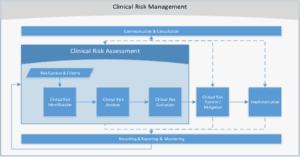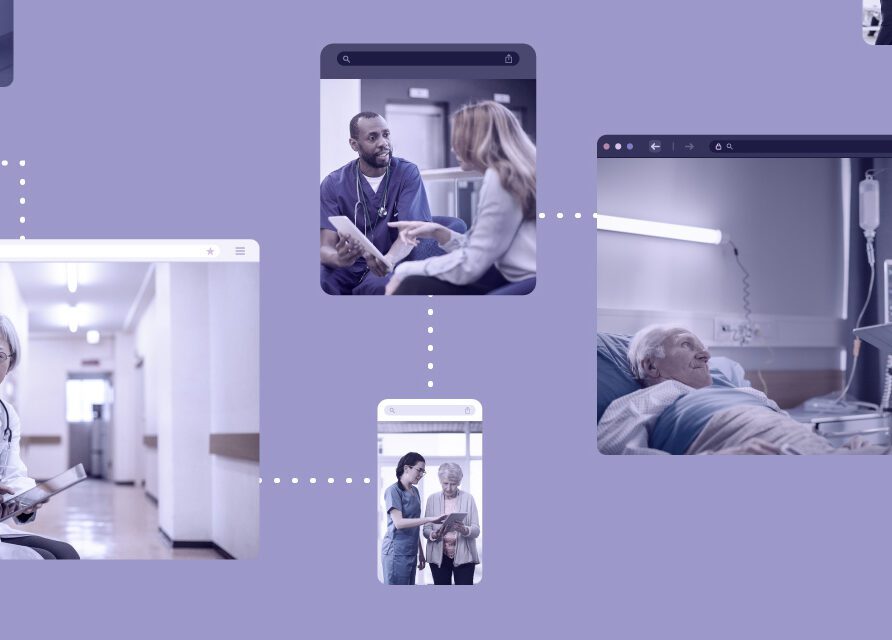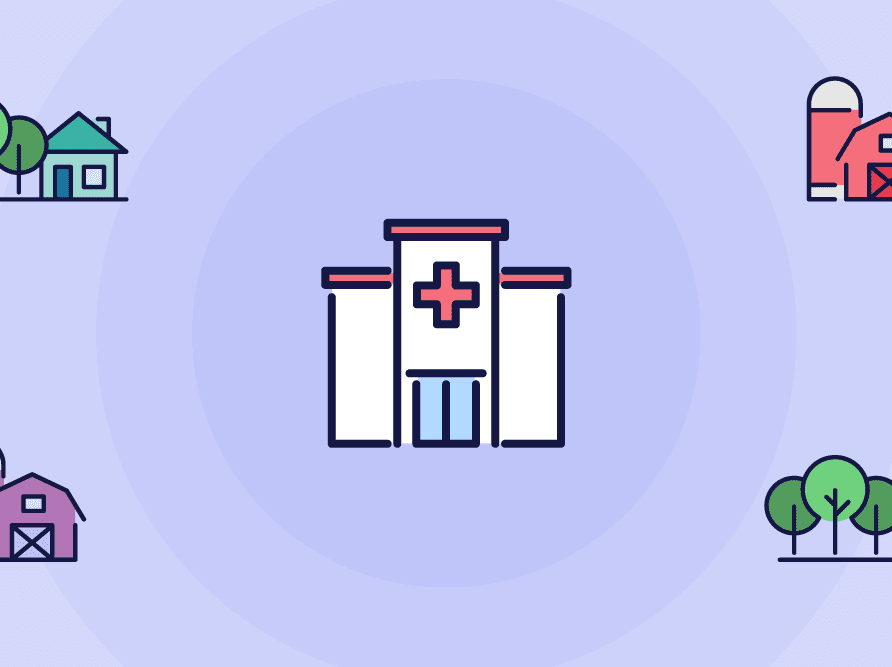Article
Leveraging audits to improve the safety of healthcare information technology
* This content was originally published prior to N. Harris Computer Corporation’s 2022 acquisition of the Allscripts Hospital and Large Physician Practice business segment. Our business is now known as Altera Digital Health.
Allscripts, along with the Institute for Healthcare Improvement (IHI), is excited to celebrate Patient Safety Awareness Week, Mar. 13–19, 2022. This is an annual opportunity to increase awareness of and recognize the work already being done to enhance patient safety year-round.
In this spirit, I want to discuss some of the connections between patient safety and health information technology (HIT) as well as the benefits of a robust safety auditing program.
Understanding dimensions of patient safety
As with many elements of patient care, health IT has the potential to reduce and introduce patient harm. Recognizing this push-pull, patient safety experts developed a comprehensive sociotechnical model to explain how eight categories of factors affect safe and effective HIT development and use.
The Health IT Safety Framework, derived from this sociotechnical model, provides a helpful lens through which we can define and measure patient safety issues as they relate to health IT. The first domain is safe HIT. This includes concerns regarding how the software and/or hardware itself functions. The second domain pertains to the safe use of HIT, or if technology can intuitively be used in an appropriate manner. The third domain involves leveraging HIT to detect and improve safety issues—ideally before they impact patients.

Within a formal patient safety program, clinical risk recording, reporting and monitoring are three key functions that can help organizations achieve positive results within each of the three domains. Monitoring is used to check, supervise and critically observe or determine the status of HIT systems and user activities to identify change from the performance level required or expected.

Recognizing the value of auditing
Auditing is a key component of monitoring and is used to assess an organization’s adherence to its stated quality processes. The process audit is what most people think of when they consider audits. Process audits use the stated process requirements, interviews and validating references to key quality records as the data to confirm compliance and identify gaps in performance. Analytics audits use aggregated sets of data (e.g., quarterly data) to identify any anomalies across a wide sample of items that may appear more benign when viewed individually. These are also used to identify the relative impact of safety handling issues.
Key outputs of audits are findings classified as non-compliances, observations or recommendations for improvement. Some common examples that may be identified are a need for improved system resilience and more thorough, closed-loop communication. Auditing ultimately drives corrective action plans for improving the overall clinical risk management process. Importantly, audits also provide a way to formally capture best practices and ensure these are applied to other systems with the same opportunities for improvement.
These comprehensive, systems-based auditing activities are examples of the purposeful approach to continuous improvement Allscripts takes to manage clinical risk and improve the safety and safe use of our healthcare IT products and services—not only during Patient Safety Awareness Week, but on an ongoing basis.
To learn more about Patient Safety Awareness Week, visit the IHI website.













